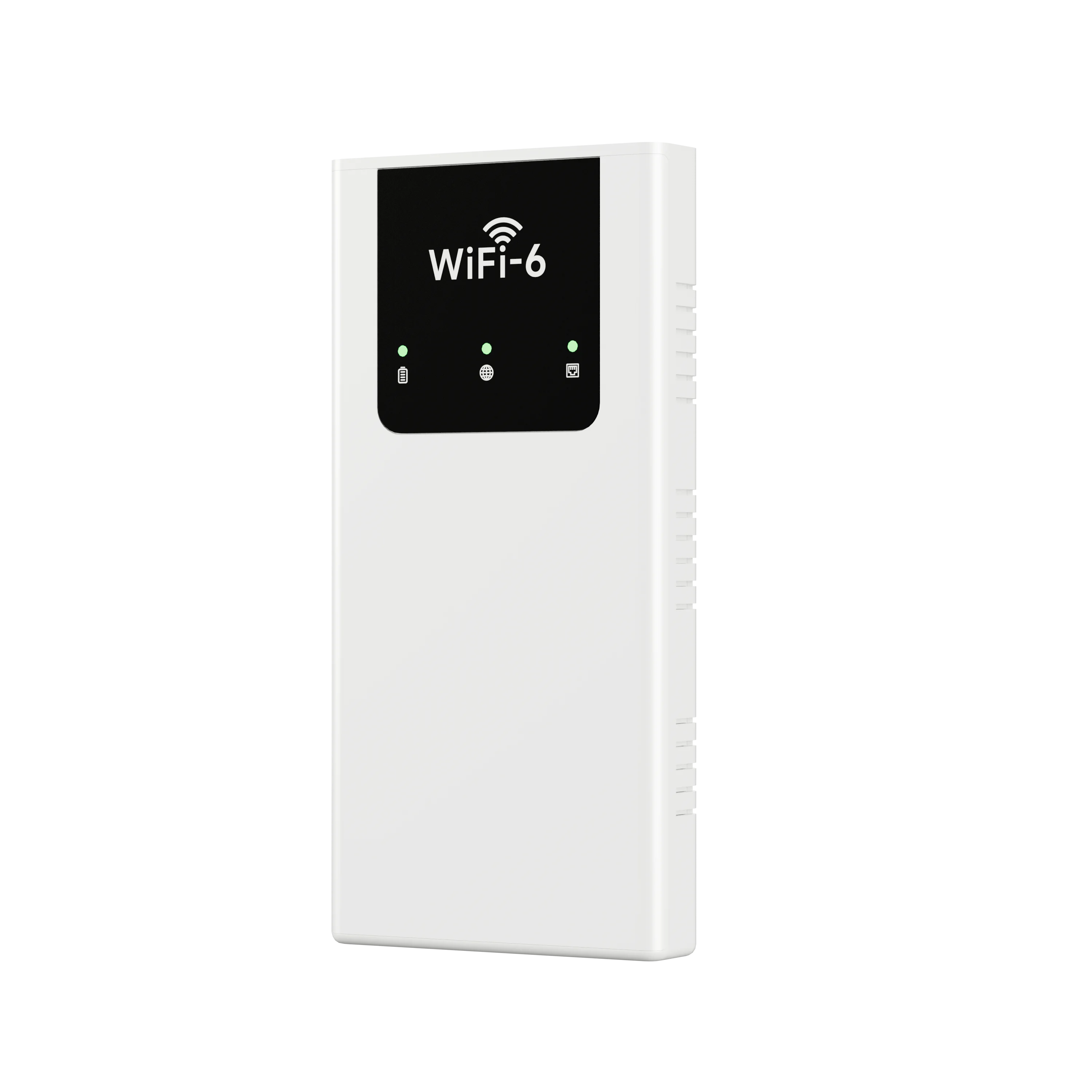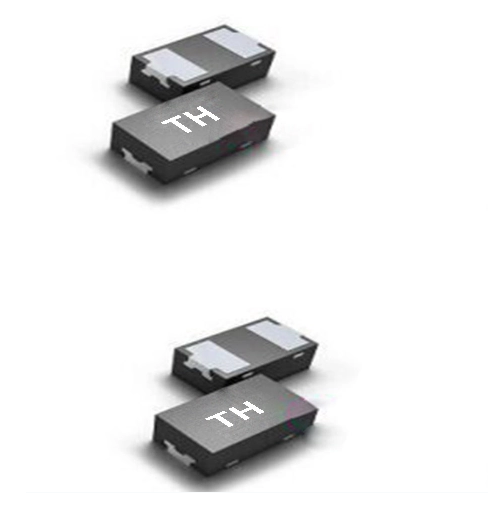When it comes to clothing and textiles, comfort is often a top priority for consumers. The type of fabric we choose can significantly impact our overall experience, whether we are lounging at home, working in an office, or engaging in outdoor activities. But what exactly constitutes the most comfortable type of fabric? This question is multifaceted, as comfort is subjective and can vary based on personal preferences, climate, and intended use. In this post, we will explore various fabric types, their properties, and how they contribute to comfort, ultimately guiding you to make informed choices for your wardrobe.
Understanding Fabric Comfort
Before diving into specific fabrics, it’s essential to understand the factors that contribute to comfort. These include:
- Breathability: Fabrics that allow air circulation help regulate body temperature, preventing overheating and promoting comfort.
- Softness: The tactile feel of a fabric against the skin plays a crucial role in comfort. Softer fabrics are generally more pleasant to wear.
- Moisture-Wicking: Fabrics that draw moisture away from the skin can enhance comfort, especially during physical activities or in humid conditions.
- Stretchability: Fabrics with a degree of stretch provide ease of movement, making them more comfortable for active wear.
- Durability: While not directly related to comfort, the longevity of a fabric can affect how it feels over time, as worn-out fabrics may become uncomfortable.
Top Contenders for the Most Comfortable Fabric
- Cotton
Cotton is often heralded as one of the most comfortable fabrics due to its natural fibers, which are soft, breathable, and hypoallergenic. It is an excellent choice for everyday wear, as it allows for airflow and absorbs moisture, keeping the wearer cool and dry. However, the comfort level can vary based on the weave and quality of the cotton. For instance, percale and sateen weaves offer different tactile experiences, with sateen being silkier and more luxurious.
- Bamboo
Bamboo fabric has gained popularity in recent years for its exceptional softness and eco-friendliness. It is naturally moisture-wicking and has antibacterial properties, making it an excellent choice for activewear and undergarments. Bamboo fabric is also biodegradable, appealing to environmentally conscious consumers. Its silky texture and breathability make it a strong contender for comfort.
- Modal
Modal, a type of rayon made from beech tree pulp, is known for its luxurious feel and drape. It is softer than cotton and has excellent moisture-wicking properties, making it ideal for both casual and formal wear. Modal fabrics are often blended with other fibers to enhance their durability and comfort, making them a versatile choice for various clothing items.
- Linen
Linen is a natural fabric made from flax fibers, renowned for its breathability and lightweight nature. It is particularly comfortable in hot and humid climates, as it allows for excellent airflow. While linen can be prone to wrinkling, many people appreciate its relaxed aesthetic and the way it softens with each wash, enhancing its comfort over time.
- Tencel (Lyocell)
Tencel, or Lyocell, is a sustainable fabric made from wood pulp, primarily from eucalyptus trees. It is known for its silky smooth texture and excellent moisture management, making it comfortable for both everyday wear and active pursuits. Tencel is biodegradable and produced in a closed-loop process, which minimizes environmental impact. Its ability to regulate temperature and wick moisture makes it a top choice for comfort.
Conclusion: Choosing Your Comfort Fabric
Ultimately, the most comfortable type of fabric will depend on individual preferences and specific use cases. For everyday casual wear, cotton and bamboo may be the best options, while modal and Tencel offer luxurious comfort for more formal occasions. Linen shines in hot weather, providing breathability and a relaxed feel.


More Stories
How Two Ply Wool Yarn Enhances Fabric Strength, Pilling Resistance, and Dimensional Stability
Sweet Grey Polo Shirt for Girls in the New Spring Style
Versatile 5 People Fiberglass Speedboat for Water Adventures